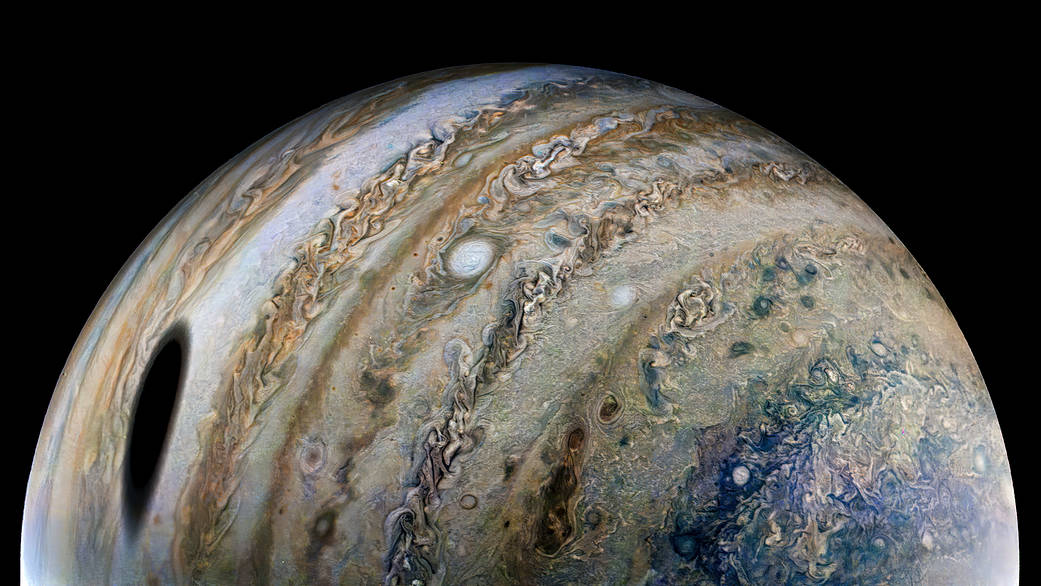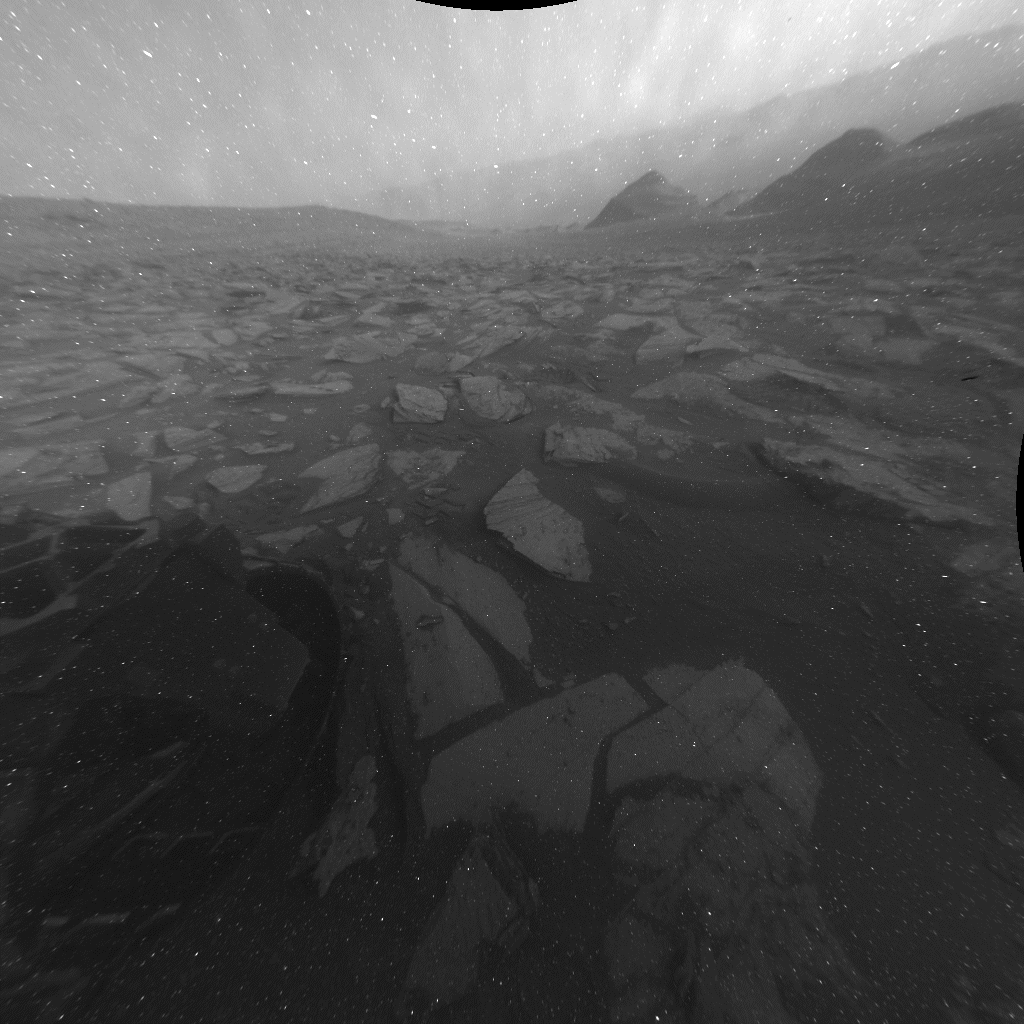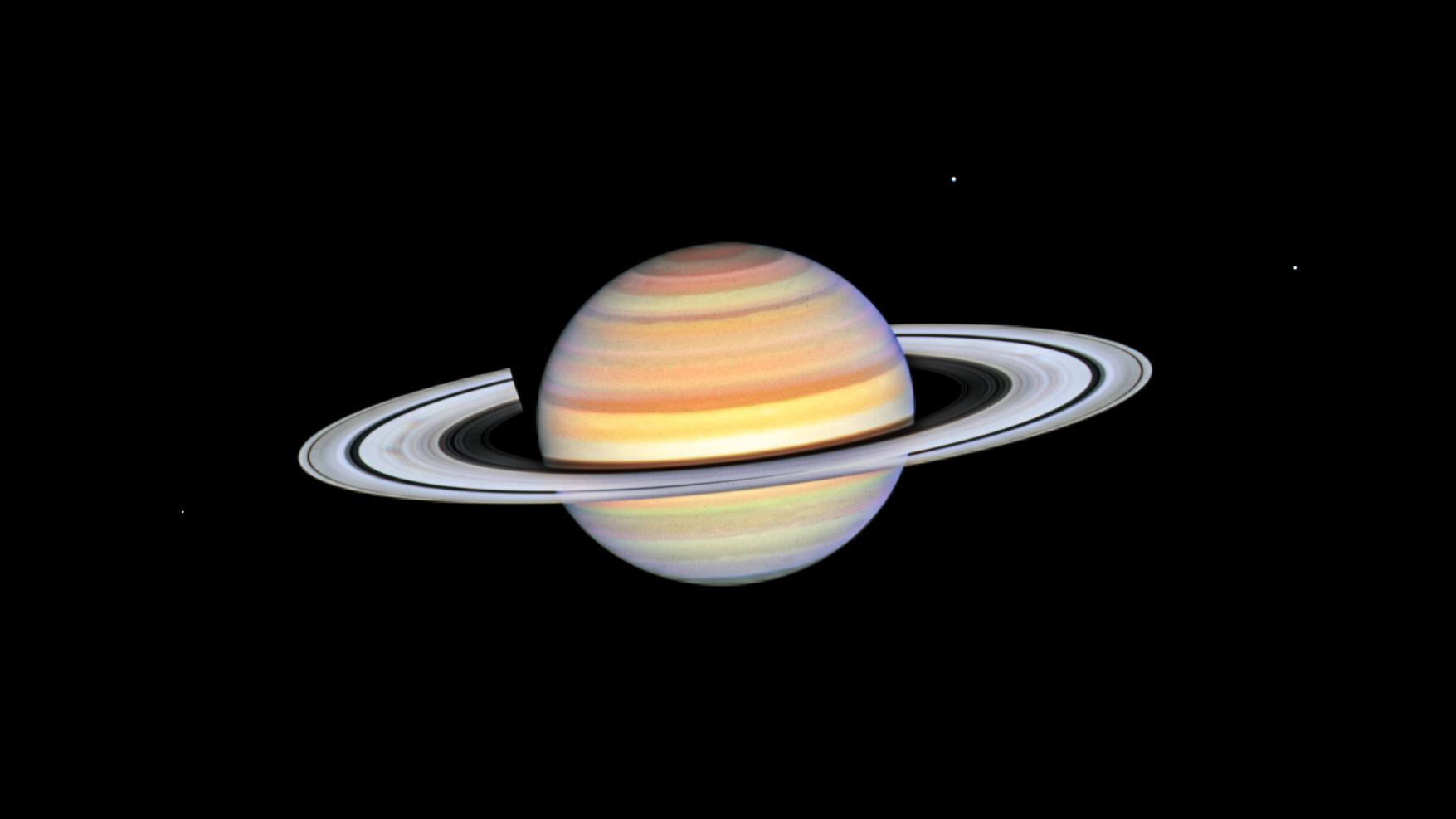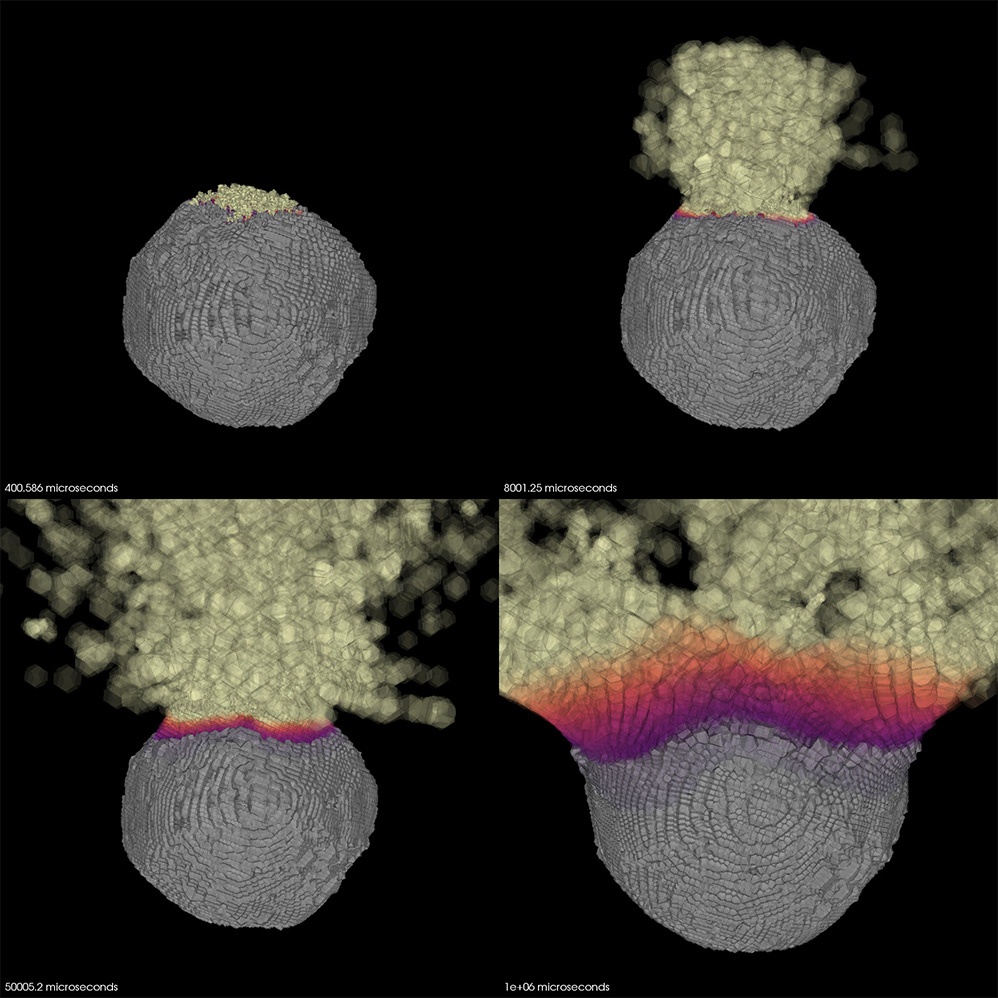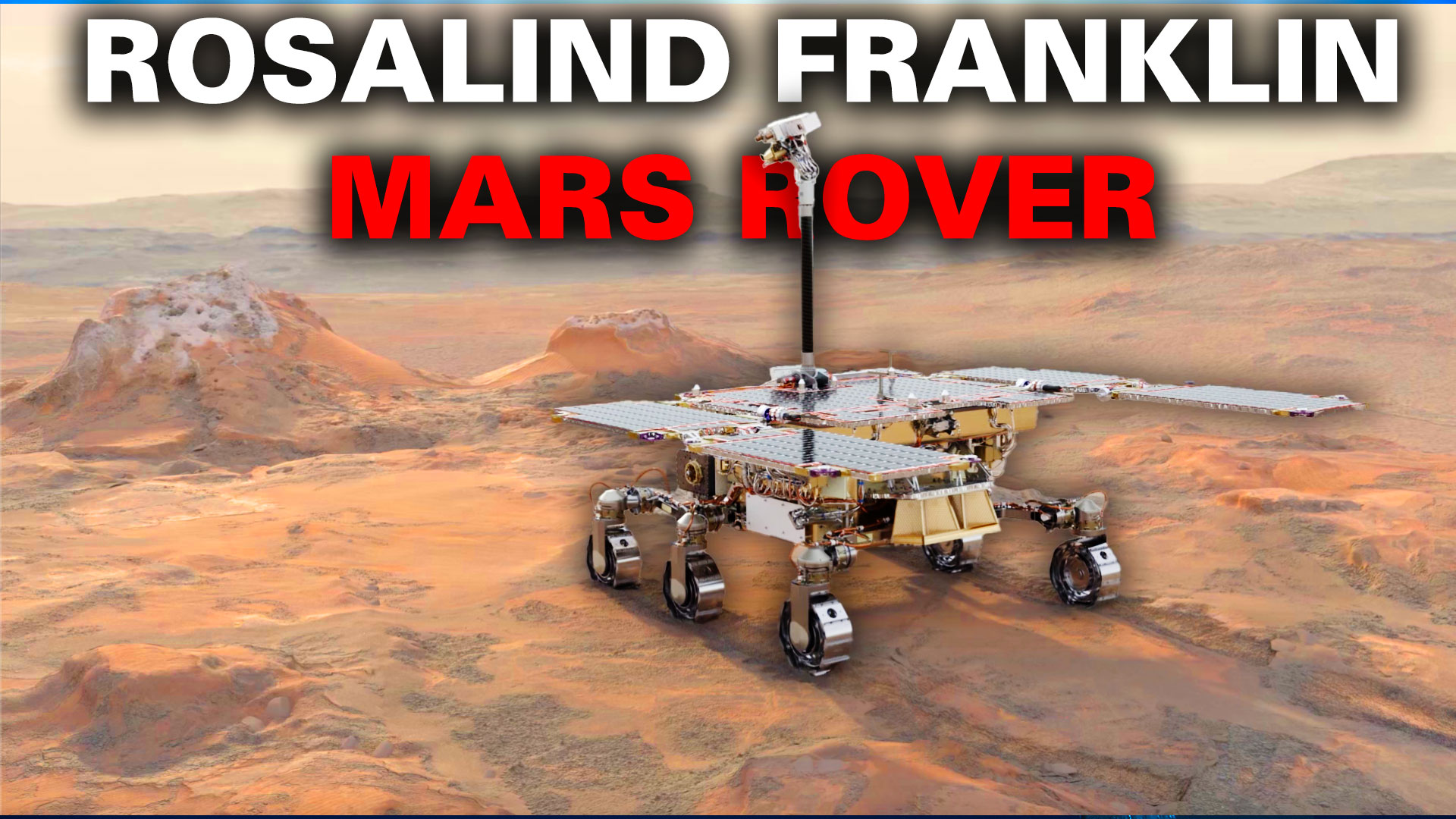The European Southern Observatory’s Very Large Telescope (VLT) has a high-resolution spectrograph called ESPRESSO, designed specifically to detecting and characterize exoplanets. Astronomers recently ran a test with the instrument, studying the atmosphere and winds of Jupiter. They used a technique called Doppler velocimetry to measure the reflection of light from the Sun in the planet’s clouds, allowing for instantaneous measurement of the clouds’ wind speeds. The technique has also been used on Venus and will guide the future study of exoplanets.
Continue reading “Astronomers Test an Exoplanet Instrument on Jupiter”Astronomers Test an Exoplanet Instrument on Jupiter
